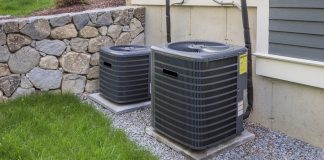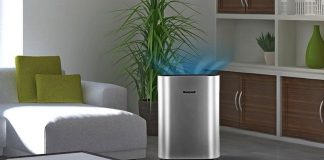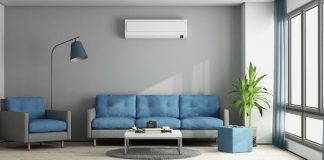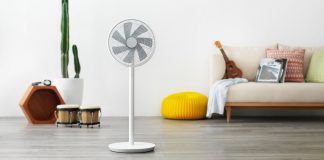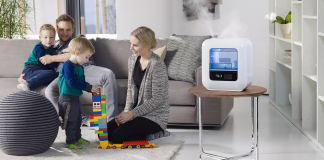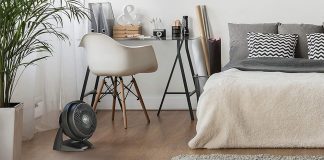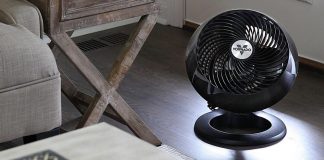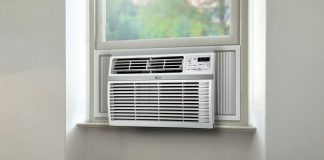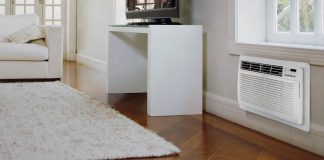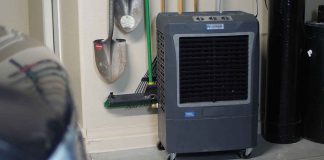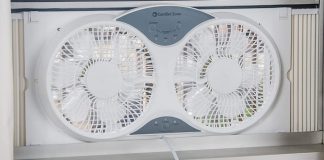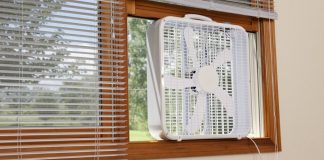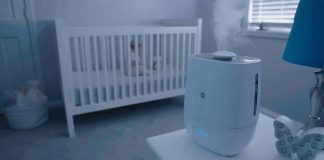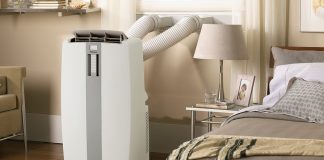Past generations didn’t think much about indoor air quality. They were satisfied with keeping polluted outdoor air, outside. But recent science has revealed that our indoor air is often harmful.
There are two basic types of indoor air pollution:
1. Gases and other toxins released by building materials and furnishings
2. Toxins carried indoors on our feet or by any other means
Building materials and furnishings have historically contained some of the most toxic chemicals on the planet. Formaldehyde gas is released from mattresses, fiberglass insulation, carpet padding, and much more. Volatile Organic Compounds VOC’s) are gases released from carpet, wallpaper, paint, varnish, upholstery, and much more.
The bottoms of our shoes often carry pesticides, dirt and dust. These particles become imbedded in our carpets and rugs then end up in our air. Dust mites are those incredibly frightful looking microscopic bugs that feed on flakes of dead skin and can travel on large dust particles.
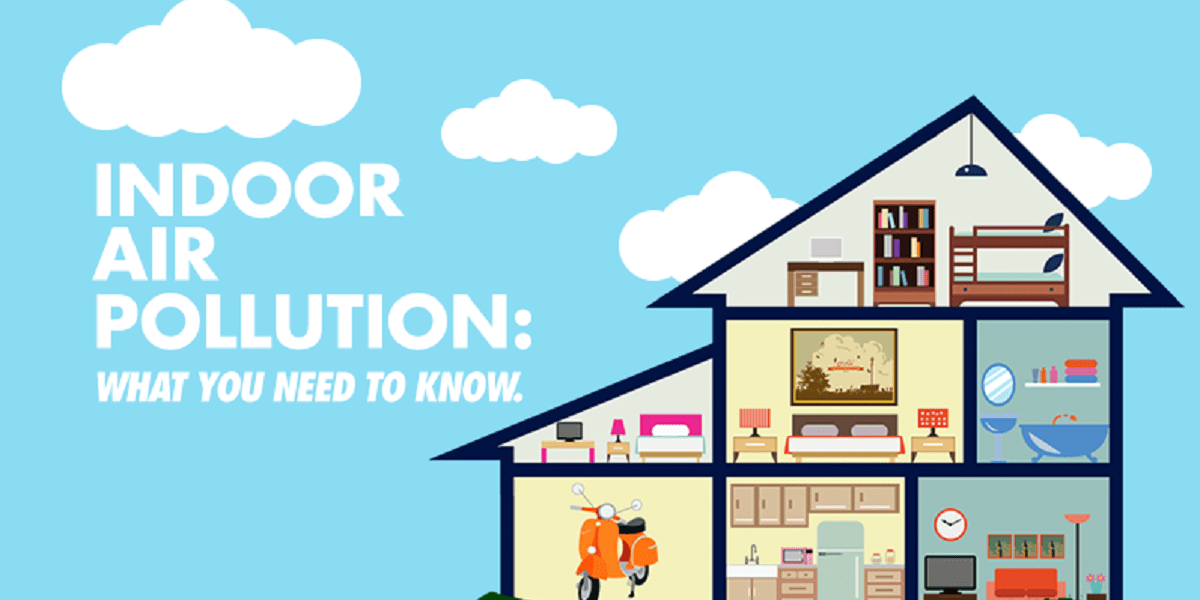
Another problem is the lack of fresh air exchange on most heating, ventilating and air conditioning (HVAC) systems. We spend most of our time indoors (about 90%) and we breathe about 20-40 times per minute on average. Everything in our air ends up in our bodies. EPA studies have shown that indoor air pollution can be up to five (5) times worse than outdoor air pollution.
HVAC systems, if not properly maintained, can be sources of mold, bacteria, pollen, dust, viruses and other contaminates. One of the ways to reduce mold and mildew growth is to limit indoor humidity. If indoor humidity is too high, mold can grow at an alarming rate.
Traditional heating systems burn fuels such as natural gas, propane or heating oil to create heat. Any of these fuels can create toxic gases that must not be allowed to enter your home or office. The fire box and heat exchanger in your furnace must be inspected and maintained annually for your safety.
There is a lot more to know about indoor air quality, but here are a few quick tips to improve your indoor air quality:
- Change furnace and air conditioning filters often, perhaps every 30 days or more. Have your furnace inspected by a professional once a year.
- Keep ceiling fans clean. Dust gathers on the blades and creates a home for creatures.
- Open windows at least once a week (even in winter) to allow for fresh air exchange.
- Have air ducts cleaned (even in a new house) to be sure they are sealed and dust-free.
- Keep carpets and rugs extra clean.
- Reduce the amount of new products you buy that emit VOC gases. Check the labels.


